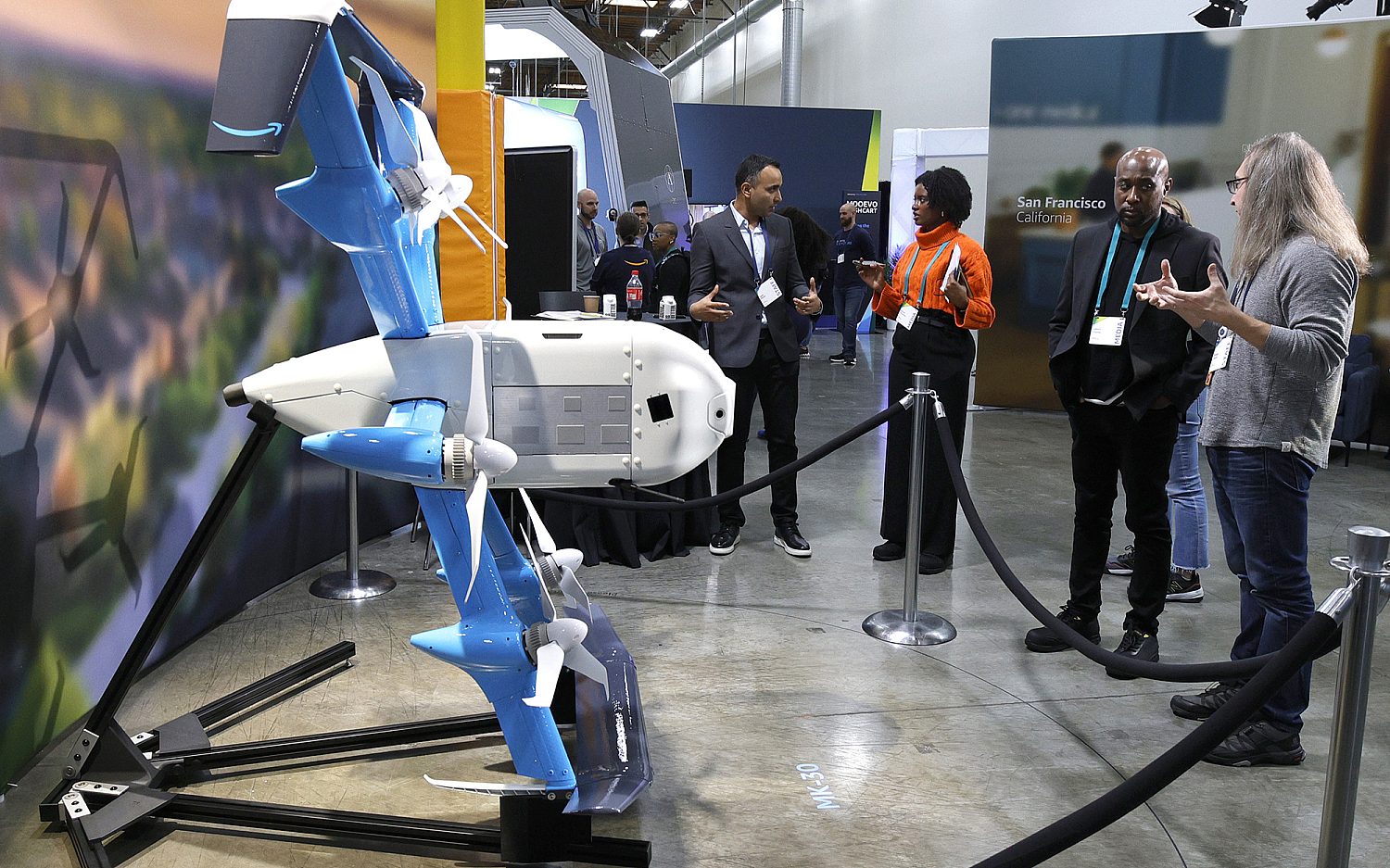New helicopters for combat and commuting
Picture yourself in your own private helicopter. It looks like a mini Ferris wheel flying on its side with a pod underneath and 18 little propellers pointing to the sky. Designed for easy handling in flight by joystick, the VC200 “volocopter” by e-volo is electric-powered, with none of the noise and vibration of typical copters.
New helicopter innovations like the volocopter change the game for both the military and the average commuting Joe. Though now only in prototype stage, the Sikorsky S-97 helicopter and the volocopter are generating some investment lift. Crowdfunding for the VC200 prototype reached a European record of $1.6 million in just three days, nearly $700,000 of which was raised in less than three hours online through Seedmatch, where investors get equity in the startup they fund.
A cheeky blogger called the first iteration of the volocopter “flying blenders bolted together.” But with its simplicity and an avowed lack of “complex mechanics,” the German-engineered volocopter’s big draw is the potential for painless commutes by air. The company aims to produce aircraft with a take-off weight of 900 pounds for flights up to 6,500 feet at 54 knots (62 mph). But the big drawback is a current flight range of only 20 minutes. A planned range-extender—a hybrid, fuel-burning engine—would charge the batteries and increase flight time to an hour. Commuters would still have to figure out where to park a beast that takes up more space than three cars with its 25-foot frame diameter.
E-volo’s VC200 design won The Lindbergh Foundation’s AERO 2012 Prize for Innovation that promotes “meaningful advancements in green aviation.” Erik Lindbergh, grandson of Charles Lindbergh, said “the volocopter holds significant promise to radically change short distance transportation. It has a long development path ahead, but if this innovative design reaches the commercial market it will dramatically change the way we move about the planet.”
Tests are ongoing after a maiden flight last year. Certification of the VC200 would be the first in the newly created category of ultralight rotor aircraft—or volocopters. In Germany, anyone with a private pilot license will be able to fly it if sales begin as expected in 2015—at least those who can shell out about $330,000.
In contrast to the volocopter, speed is the hallmark of the Sikorsky S-97. Co-axial rotors—twin propellers on the same axis circulating in opposite directions—and “push propeller” in the tail of the Sikorsky S-97 are not new ideas. But in combination, the S-97 purports to do what single-rotor copters and planes can’t—come in and out vertically with less noise and fly over 220 mph. With an obvious military combat application, it also holds potential to launch the wealthier general aviation crowd from their private estates into cities in minutes, continuing a trend in big urban areas like Sao Paulo.
“This 11,000-pound helicopter will do things no other can,” Aviationweek.com reported.
The S-97’s dual rotors produce aerodynamic symmetry, so pilots won’t have to constantly balance out the torque as in single-rotor designs. It will hover better and be more stable, like a plane. Sikorsky plans a military model called the Raider, since it would be a steady market for the product. However, the company is scrambling to achieve a target unit cost of $15 million required to attract U.S. government interest.
An actual newsletter worth subscribing to instead of just a collection of links. —Adam
Sign up to receive The Sift email newsletter each weekday morning for the latest headlines from WORLD’s breaking news team.




Please wait while we load the latest comments...
Comments
Please register, subscribe, or log in to comment on this article.